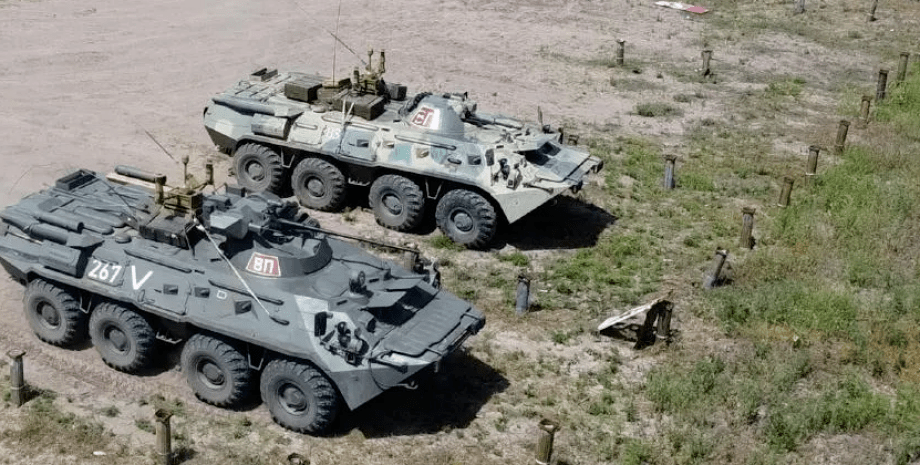
 By Eliza Popova
By Eliza Popova
The RP-377 complexes are designed to block signals that act on roadside bombs with radio, but the Russians try to adapt them to suppress the communication of high-speed drones with a first person (FPV-drones). There have been cases where the Russian military was equipped with such "muffins" cumbersome tanks T-80BVM and armored personnel carriers. However, practice has shown that these devices do not cope with their task on the battlefield in Ukraine.
The media notes that such a situation could have occurred because initially RP-377 was developed in the Russian Federation as a means of protecting military from homemade explosive devices during the war in Syria. There, small transmitters have proven themselves well, although even then the large military equipment of the Russians with the established remedies of the IEC regularly was undermined.
With the beginning of the full-scale invasion of the Russian army into Ukraine, the occupiers in the war zone have tried to use an obstacle transmitter in the war zone to protect themselves from the deadly Kamikadze drones of the Ukrainian Army. In fact, the remote IED and the drone are equally vulnerable to radio interruption, and after the tests of 2020, the Russian troops of the Eastern Military District stated that their RP-377 was helping to suppress UAV.
When they were tried to apply on the battlefield in Ukraine, it turned out that many drones are equipped with control systems with frequency switching or autopilots, which can mitigate the impact of radio interruption. Hence the many successful strikes of drones on machines equipped with additional RP-377. RP-377 were created by the Russian enterprise "COSVESDIE". They are intended for radio suppression of channels of radio management by min-explosive devices.
Transmitters form wide-band signals of obstacles in the entire lane of working frequencies. With the help of these transmitters can be successfully glued to GPS. , which is completed with power sources, do so by placing obstacles in a certain area, which will be limited only by the number of transmitters themselves. Recall that a little earlier we wrote about how the Ukrainian FPV-Dron per 22,000 destroys the Russian Armed Forces on millions of dollars.










All rights reserved IN-Ukraine.info - 2022